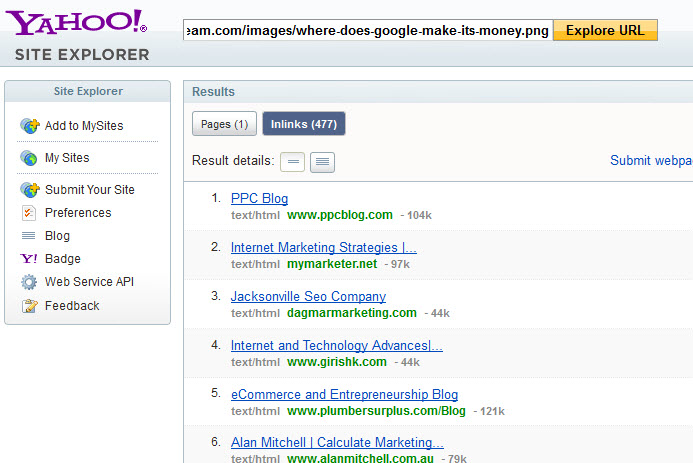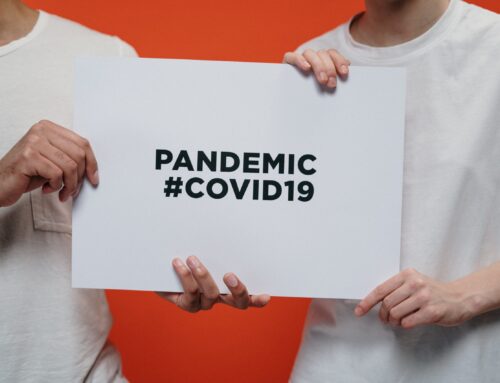Before this post will make sense, it’s important to understand how backlinks impact SEO.
Once you get how important links are to your site’s SEO strategy, using infographics as link bait can be very powerful, and I’m going to SHOW you a great example.
WordStream is a company that sells Internet Marketing Software, specifically software to help with PPC campaigns. I don’t know them or endorse their product, but I’m impressed with their linkbait skills, so we’re gonna talk about ‘em.
Take a peek at this infographic they posted on their blog. (I’ll link to the complete page at the end of this article.)

Now anyone could write a blog post about the top 20 most expensive keywords in Google AdWords advertising, but they “prettied it up” and made it interesting. Because of that, people liked and wanted to share the infographic. Check out all the social media love they had at the time of this posting:

Plus, they make it really easy to share the infographic on other people’s sites by including the HTML code, along with a PDF version and a link to the full story. They even sneak in a pitch to their follow up story and their AdWords Grader. Very clever.

Looking at the tweets alone, it’s clear that this infographic got a lot of eyeballs, and by association, so did WordStream.
But what about links? Aren’t I supposed to be talking about links? Okay, check out what Yahoo! Site Explorer has to say about the links – and note, I’m not measuring the backlinks to their whole site – just the infographic page.

So by taking a simple list of 20 keywords, a list anyone could have written up in a blog post in less than a minute, and making it colorful and visually interesting, Wordstream got a ton of tweets, a bunch of likes, a handful of +1s and a few Diggs and reddits. And best of all, they got nearly 500 backlinks.
What a simple and cool way to get backlinks. Here’s the link to the complete infographic.
Read my follow up: Seeding Your Infographic for the Most Views and Backlinks



Useful post. I just start using infographics for link baiting. Your post really helps me lot.
Oh my goodness! Impressive article dude!
I never really thought of infographics as link bait. They are certainly attention grabbing and I see them get shared a lot on social networks. It makes sense that people would link to them as well. You’re a very professional blogger and I enjoy your articles. Judith
Awesome post! I love infographics. Thanks!